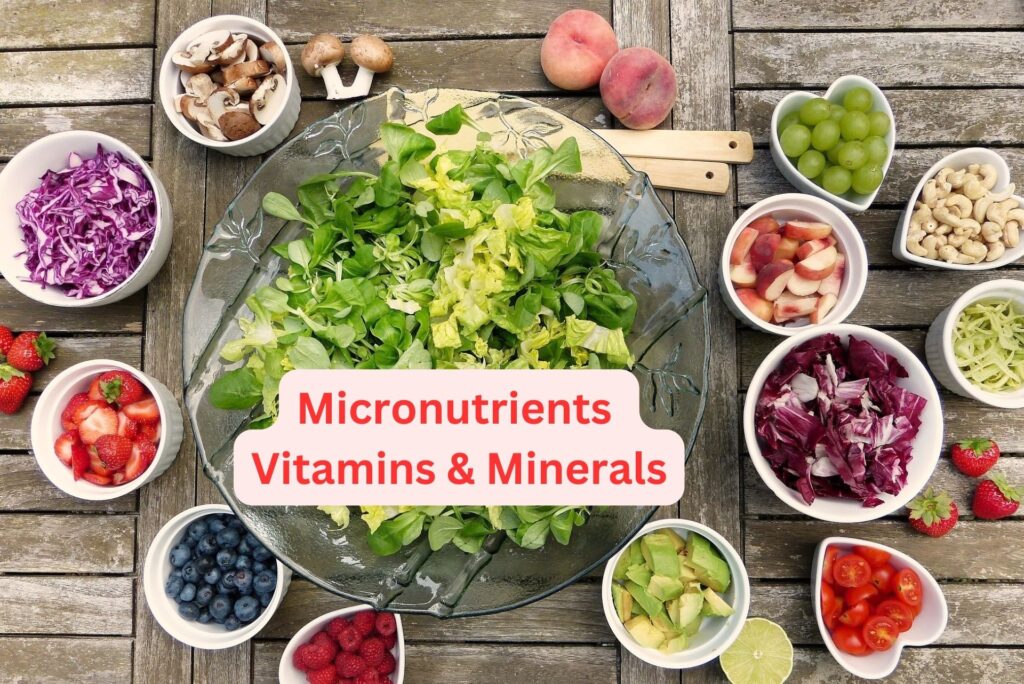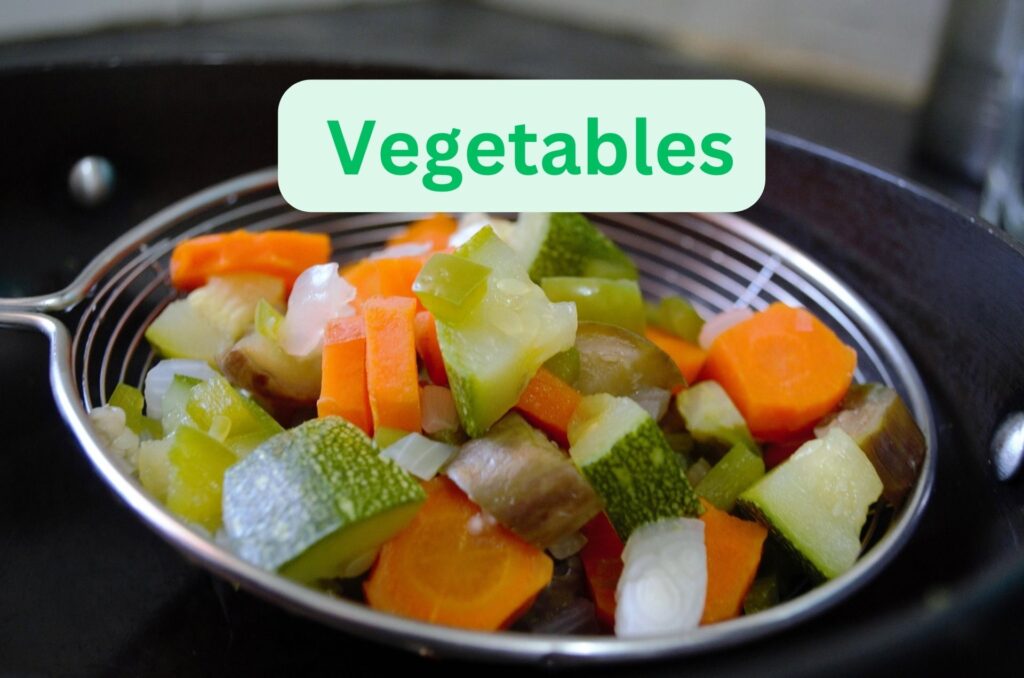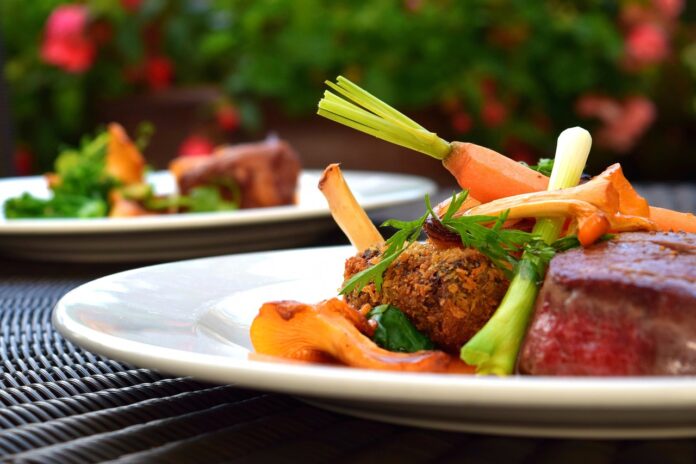The Ultimate Guide to Healthy Eating
In a world of fad diets and conflicting nutrition advice, healthy eating can feel overwhelming. But it doesn’t have to be. This guide cuts through the noise, offering practical, science-backed strategies to help you build lifelong habits. Whether you’re a busy parent, a student on a budget, or simply seeking more energy, this roadmap empowers you to thrive—one bite at a time.
Why Healthy Eating Matters
Your body is like a high-performance engine—it needs quality fuel. A balanced diet boosts immunity, sharpens mental clarity, and reduces chronic disease risks. Beyond physical health, nutrient-rich foods stabilize mood and energy. Imagine fewer afternoon slumps and more confidence in your choices.
Key Benefits:
- Sustained energy levels
- Improved digestion and gut health
- Enhanced mental focus
- Long-term disease prevention
Building Blocks of a Healthy Diet
1. Macronutrients: The Power Trio
- Carbohydrates: Opt for complex carbs like quinoa, oats, and sweet potatoes over refined sugars.
- Proteins: Include plant-based options (lentils, tofu) and lean meats (chicken, fish).
- Fats: Embrace healthy fats like avocados, nuts, and olive oil for heart and brain health.
Pro Tip: Balance each meal with all three macros. Try a Buddha bowl with brown rice (carbs), grilled salmon (protein), and avocado (fat).
2. Micronutrients: Vitamins & Minerals
Colorful fruits and vegetables are micronutrient powerhouses. For example:
- Spinach (iron, magnesium)
- Berries (vitamin C, antioxidants)
- Almonds (vitamin E)

3. Hydration: The Forgotten Hero
Water regulates temperature, flushes toxins, and aids digestion. Aim for 8–10 glasses daily. Infuse with lemon or mint for flavor.
Creating a Balanced Plate
Visualize your plate with:
- 50% Vegetables/Fruits: Variety ensures diverse nutrients.
- 25% Protein: Builds muscle and repairs tissues.
- 25% Whole Grains/Starchy Veggies: Provides lasting energy.
Sample Meal: Grilled chicken, quinoa, roasted broccoli, and a side of mixed berries.

Meal Planning & Prep Tips
- Batch Cooking: Prepare staples (grains, proteins) on Sundays.
- Snack Smart: Keep cut veggies, hummus, or nuts handy.
- Use Frozen Produce: Nutritious, affordable, and reduces waste.
Budget Hack: Buy seasonal produce and bulk grains to save money.
Smart Grocery Shopping
- Shop the Perimeter: Focus on fresh produce, dairy, and meats.
- Read Labels: Avoid products with added sugars or unrecognizable ingredients.
- Stay Organized: Create a list to resist impulse buys.

Overcoming Common Challenges
- Time Crunch? Opt for 15-minute recipes like stir-fries or smoothies.
- Picky Eaters? Sneak veggies into sauces or smoothies.
- Eating Out? Choose grilled over fried and ask for dressings on the side.
Debunking Myths
- Myth: Carbs make you gain weight.
Truth: Quality and portion size matter. Whole grains fuel activity. - Myth: All fats are bad.
Truth: Healthy fats support cell function and satiety.
FAQs: Your Questions Answered
Q: How do I start eating healthy without feeling overwhelmed?
A: Begin with small swaps—replace soda with sparkling water or add one vegetable to every meal.
Q: Are “superfoods” necessary?
A: No! All whole foods offer benefits. Focus on variety rather than trendy picks.
Q: Can I eat healthy on a budget?
A: Absolutely. Buy frozen produce, bulk beans, and plan meals around sales.
Q: Is snacking bad?
A: Healthy snacks (e.g., yogurt, fruit) curb hunger and prevent overeating.
Q: How do I stay motivated?
A: Set realistic goals, celebrate progress, and find a support buddy.
The Ultimate Guide to Healthy Eating
Healthy eating isn’t about perfection—it’s about progress. By prioritizing whole foods, planning ahead, and listening to your body, you’ll build habits that last.
Read More: How to improve overall health naturally and effectively
Finance and Business blog: News9 india
The Ultimate Guide to Healthy Eating
